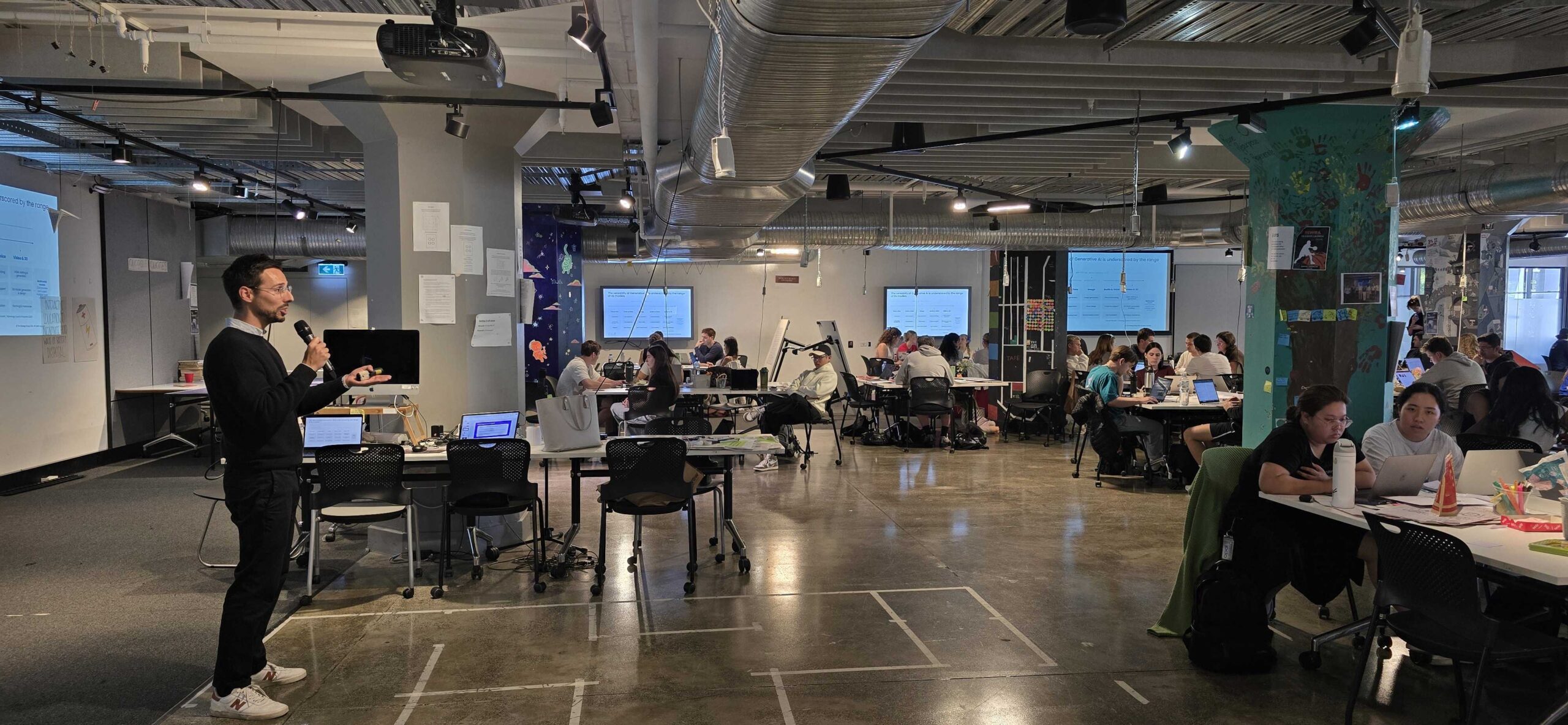By Jemma Parsons-
Shortly before Malcolm Turnbull welcomed us to the #ideasboom and to the vision of a reinvigorated Australian economy driven by innovation, Harvard Business Review published an analysis of trends in innovation and the global digital economy. The index used sought to identify the relative digital-economy-readiness and innovation momentum of a group of 50 countries. Australia’s momentum, it revealed, had stalled and in fact begun to decline.[1]
This should not have come as a surprise. Innovation has not been integral to the Australian identity in the recent past while we were busy enjoying the spoils of the resources boom and the growth super cycle it created. Meanwhile, other comparable developed economies leaned deeper into their ingenuity, invested heavier in R&D and STEM, and pushed harder to connect into the global innovation community. Israel, for example, has an economy one quarter the size of Australia’s and yet it came ninth in global patent filings in 2014 against Australia’s 15th, in addition to having the highest rate of start ups relative to economic weight.[2]
So, now the mining boom’s sun has set and we’re rapidly reinventing ourselves as innovators, entrepreneurs and disruptors. A palpable mood of nascent entrepreneurial optimism has arrived. So too is a growing consensus that we need to ‘level up’ our innovation capabilities and our outputs. The government’s 1.1bn investment package into research, education and the startup ecosystem is designed to help us do just that.
Measuring Australia’s journey to innovation success
But how will we measure the success of our innovation journey? How will the government know if the #ideasboom and related National Innovation and Science Agenda is a success? The reality is neither the government or anyone else has not defined what success looks like. But defining success is important. It can galvanize and focus efforts, plot structured milestones on the path to success, and provide the government with a means to measure the wins, losses and lessons that fall out of the $1.1bn innovation investment.
Globally there is a patchwork of innovation performance metrics. Australia is ranked fairly disappointingly across most measures. The 2015 Global Innovation Index (a methodology developed by INSEAD and Cornell University), for example, scored Australia 55.2 on a 100 point score, earning us a rank of 17th globally[3]. By contrast, Singapore, the United States and Israel ranked equal first. The same index ranks Australia just 23rd in the world for business sophistication. Similarly, the World Economic Forum ranked Australia 27th globally in terms of business sophistication. This is well below the OECD average.
Australia also scores relatively poorly (13th) on the World Bank’s ease of doing business rankings that lists economies in order of the relative ease of starting and operating a local business. For context, New Zealand (2nd), Denmark (3rd), and the business efficiency utopia that is Singapore (1st), lead the pack.
The Australian government’s 2015 Innovation System Report pointed to Australia’s low global connectedness ranking (32nd in the world) relative to more geographically clustered states hinders our ability to translate entrepreneurial inputs and generally conducive conditions into innovation outputs.
But the business of measuring innovation is a relatively grey matter. There’s no agreed right way to measure innovation, just as there is no agreed definition of innovation. However, the value of innovation to the future of our economy makes it an important pursuit.
One innovation metric developed by The Strategy Group – The Innovation Index – is fast becoming a leading diagnostic of organizational innovation capabilities in Australia. The Innovation Index is a forward looking metric that can be applied inside companies, government departments and not for profits. For the past two years the Index has been applied across the Not for Profit sector in Australia. The results will be launched this week in three cities and will reveal the scope of innovation performance in our social sector. Next year, the Index will be applied to new industries and sectors and will help Australian government and private sector stakeholders track their innovation performance year on year.
Now is the right time for a conversation about what a successful innovation boom looks like in Australia and how we will measure it – both the qualitative indicators such as cultural change, social attitudes, economic policies and political practices, and the quantitative indicators like number of patents, volume of venture capital funding, IPOs, investment in R&D and growth in technology related jobs.
Measurable innovation achievements will help drive increased innovation performance. Let’s demonstrate, measure and celebrate our innovation successes.
[1] https://hbr.org/2015/02/where-the-digital-economy-is-moving-the-fastest
[2] https://www.afr.com/leadership/innovation/australia-cant-pick-winners-or-growth-sectors-says-israeli-innovation-expert-20150928-gjwf5a
[3] https://www.globalinnovationindex.org/content/page/gii-full-report-2015/#pdfopener












